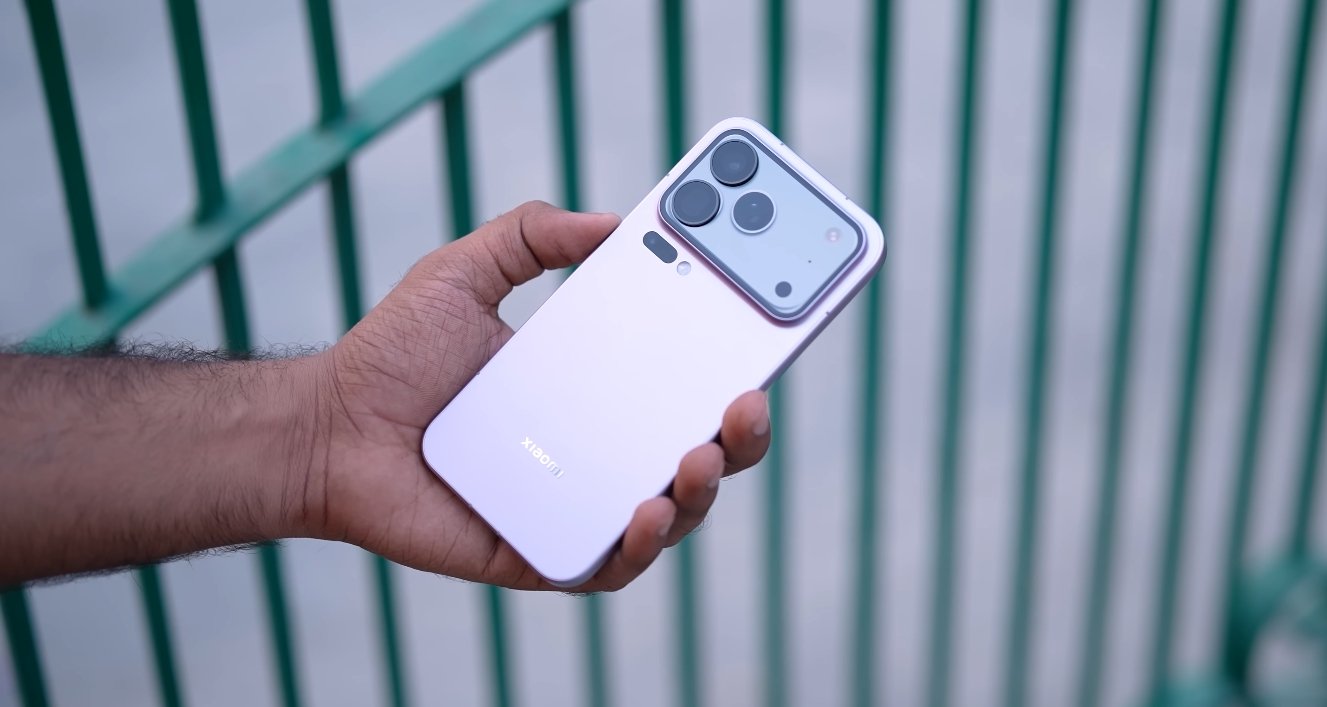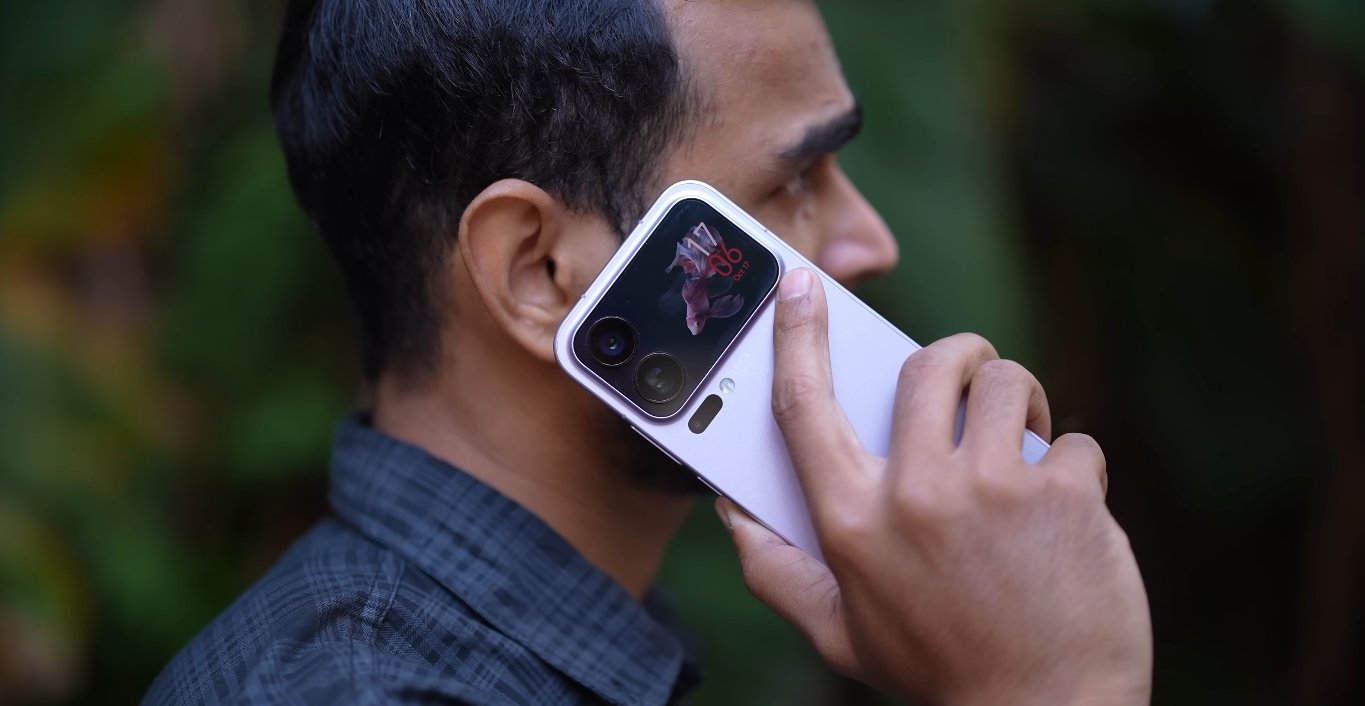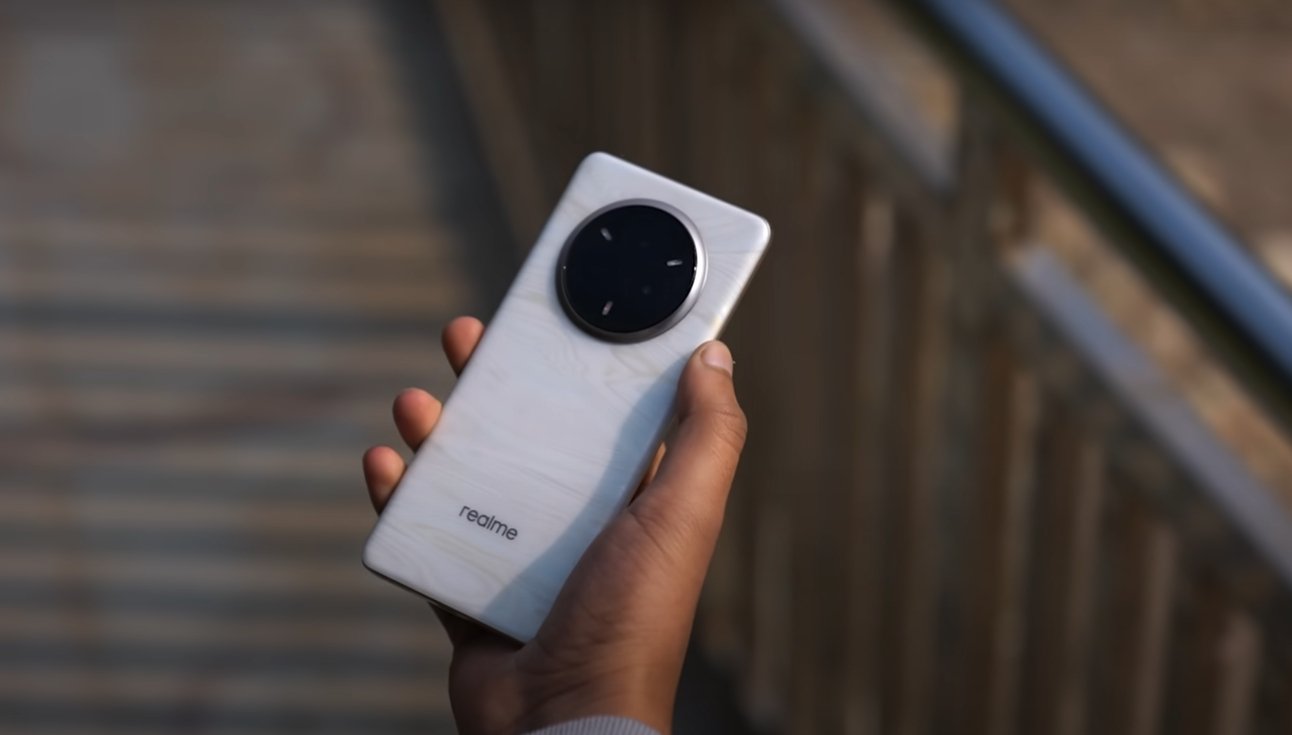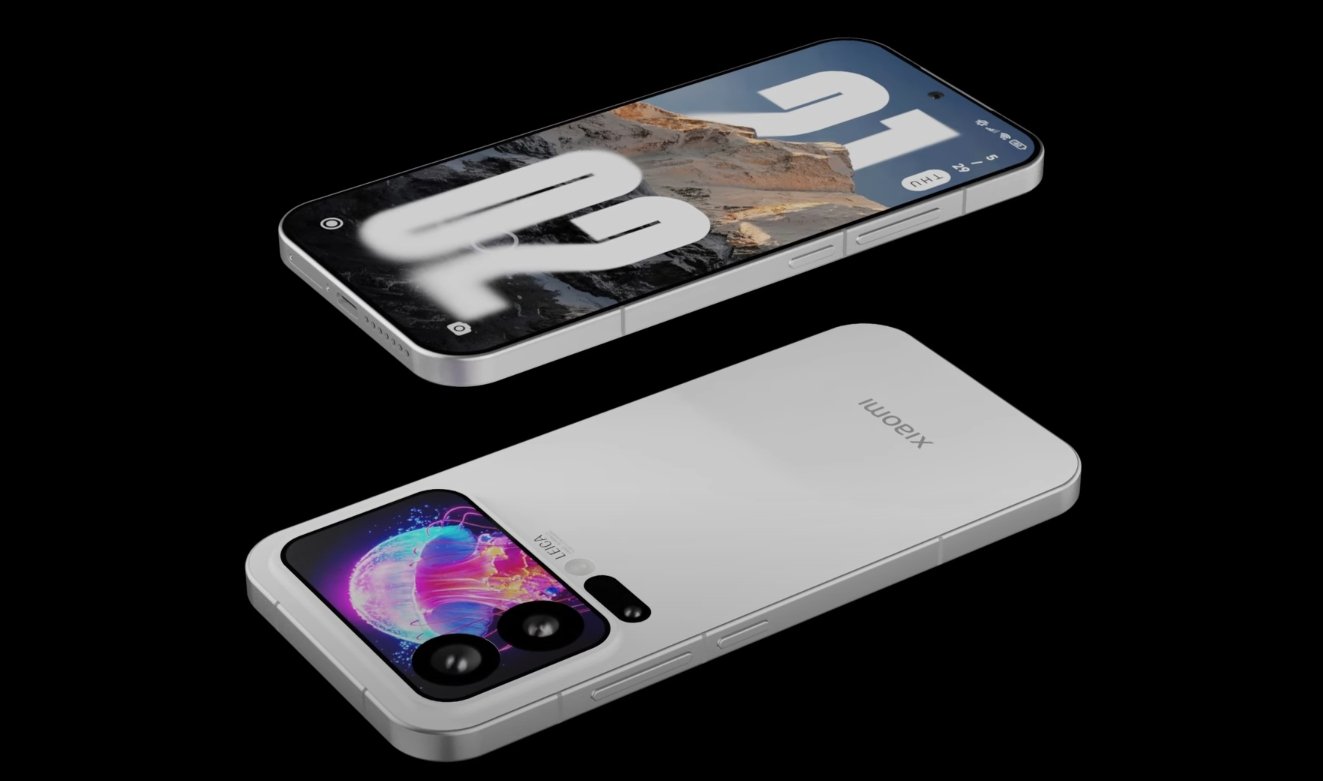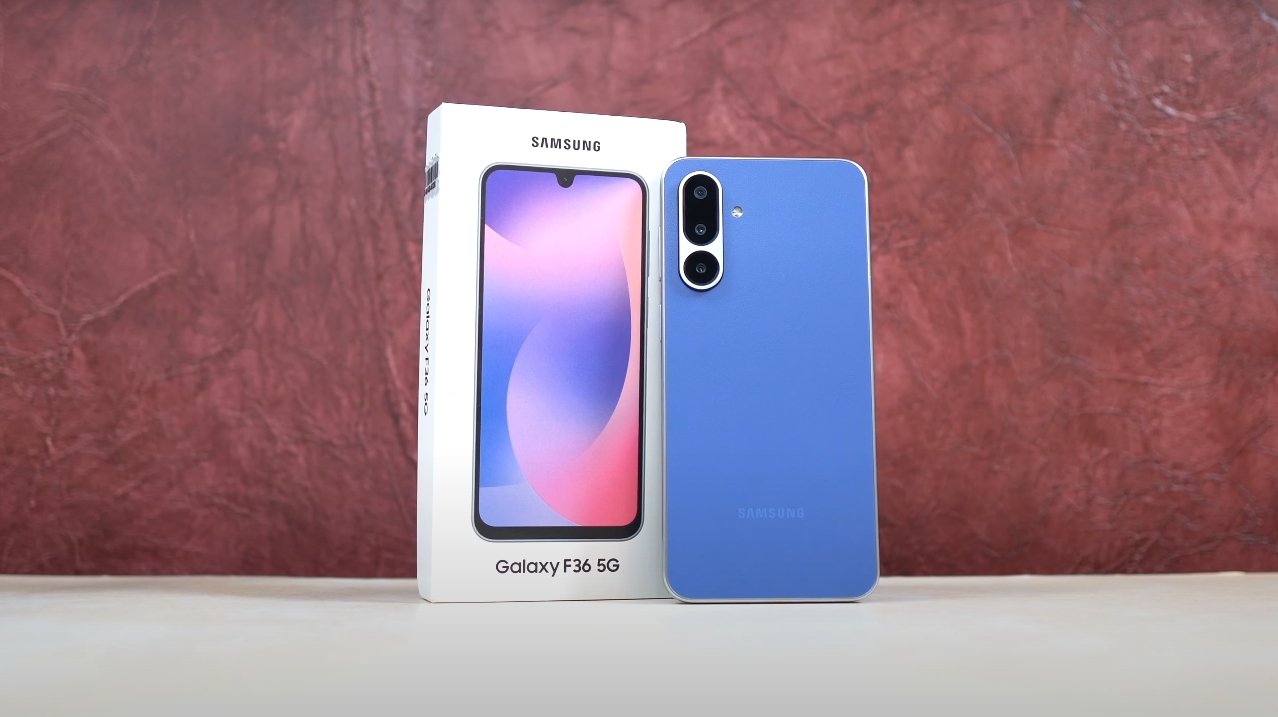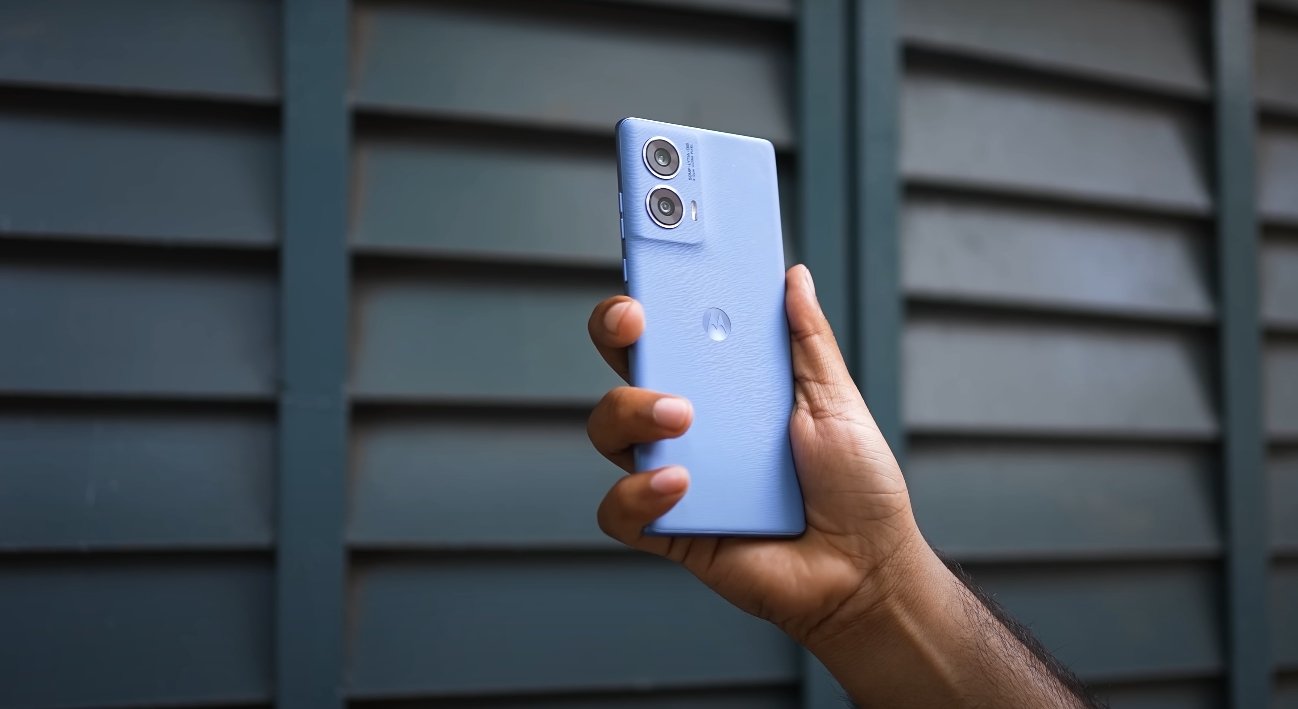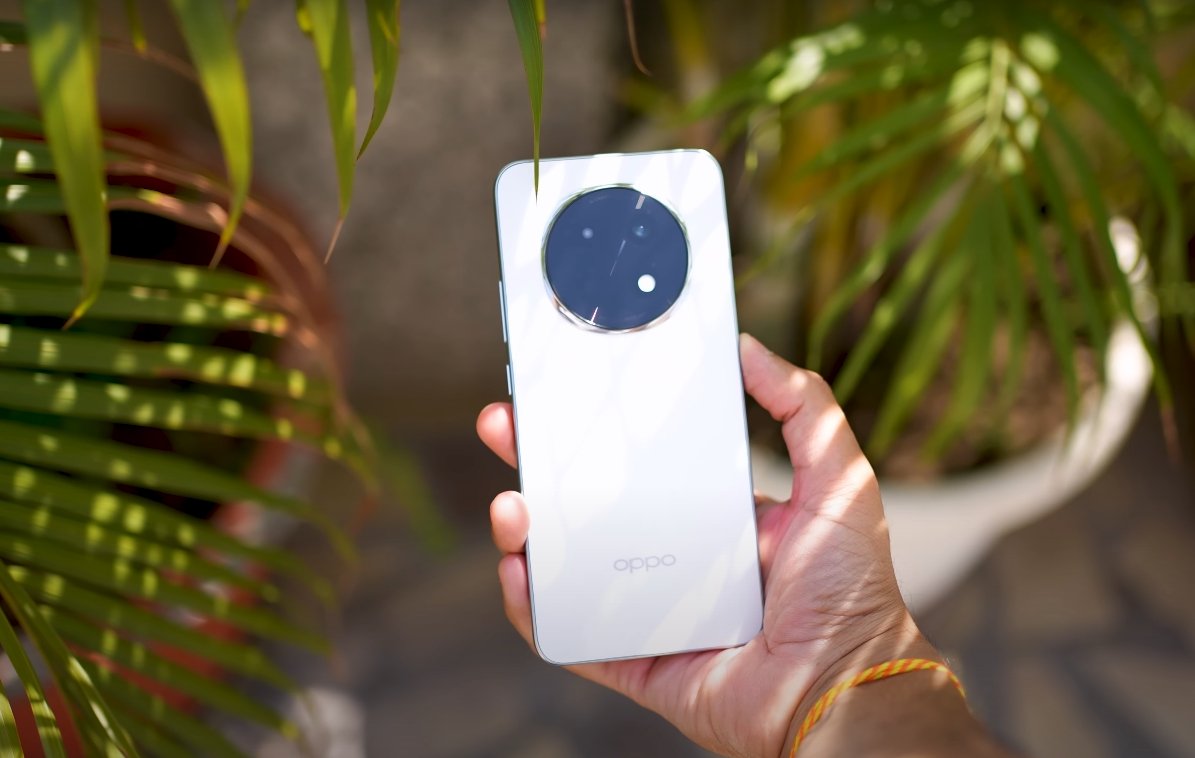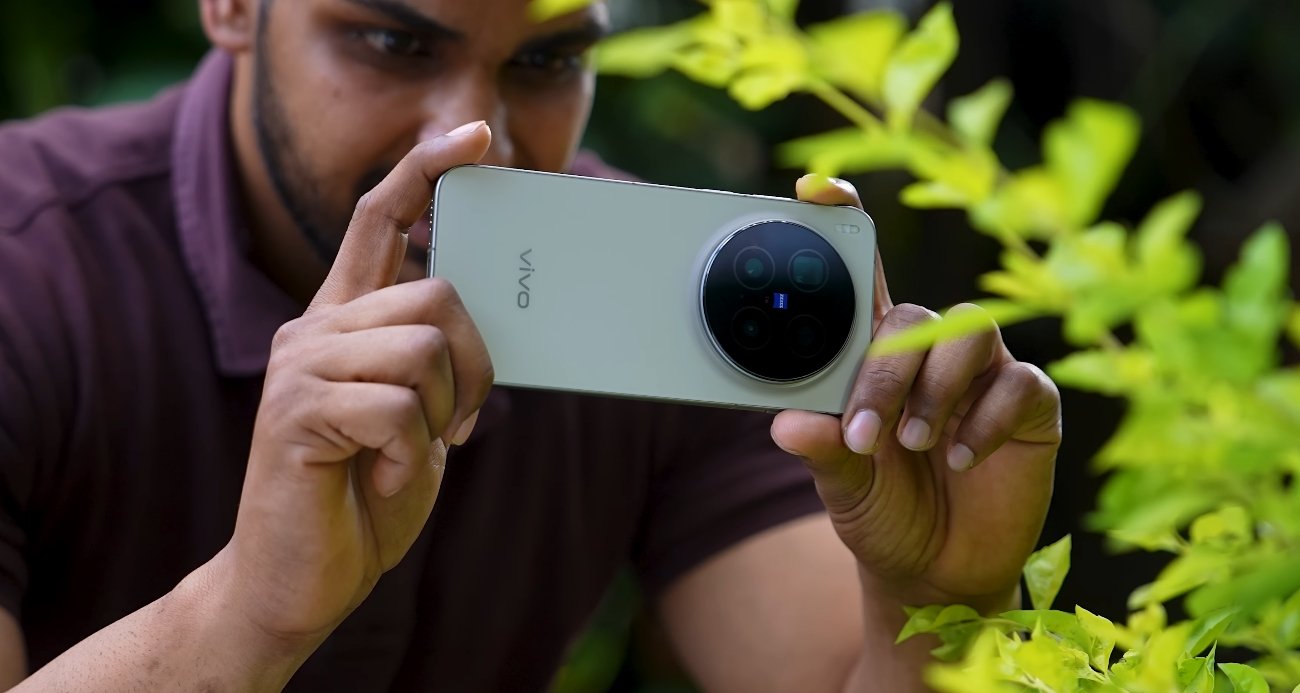Full Comparison Between Xiaomi 17 Pro Max and Realme GT 7 Pro
The premium Android market in 2025 is more competitive than ever, and two flagships leading the discussion are the Xiaomi 17 Pro Max and the Realme GT 7 Pro. Both devices are powered by the latest Snapdragon chipset, carry high-end cameras, and deliver exceptional performance. Yet, each brand follows a distinct philosophy—Xiaomi focuses on innovation and luxury, while Realme aims to deliver flagship power at a more accessible price. This comparison breaks down how these two heavyweights stack up across every key area that matters.
Starting with design and display, the Xiaomi 17 Pro Max instantly stands out for its dual-screen concept. It features a massive 6.9-inch LTPO OLED main display with adaptive refresh rates up to 120Hz and a secondary 2.9-inch rear screen built into the camera module. This small display allows for quick interactions and selfie previews using the main camera system. The Realme GT 7 Pro, on the other hand, opts for a more traditional approach with a 6.78-inch curved OLED display offering 1.5K resolution and a 120Hz refresh rate. Realme’s design feels sleeker and lighter, while Xiaomi’s bold approach caters to users who love unique and futuristic aesthetics. Both displays deliver vivid colors, deep contrast, and ultra-bright performance, but Xiaomi’s larger panel and dual-display setup give it a creative edge.
When it comes to performance, both smartphones are at the top of their class. Each device is powered by Qualcomm’s Snapdragon 8 Elite Gen 5 processor built on the advanced 3nm process, ensuring maximum speed and efficiency. Xiaomi offers configurations with up to 16GB of RAM and up to 1TB of storage, while Realme matches these numbers with equally fast memory and storage options. In benchmark performance, the two are nearly identical, capable of handling demanding games, AI processing, and multitasking with ease. However, Xiaomi tends to push slightly higher sustained performance levels due to its larger body and improved thermal management. Realme’s advantage lies in optimized software tuning, which keeps performance stable and battery consumption lower during extended use.
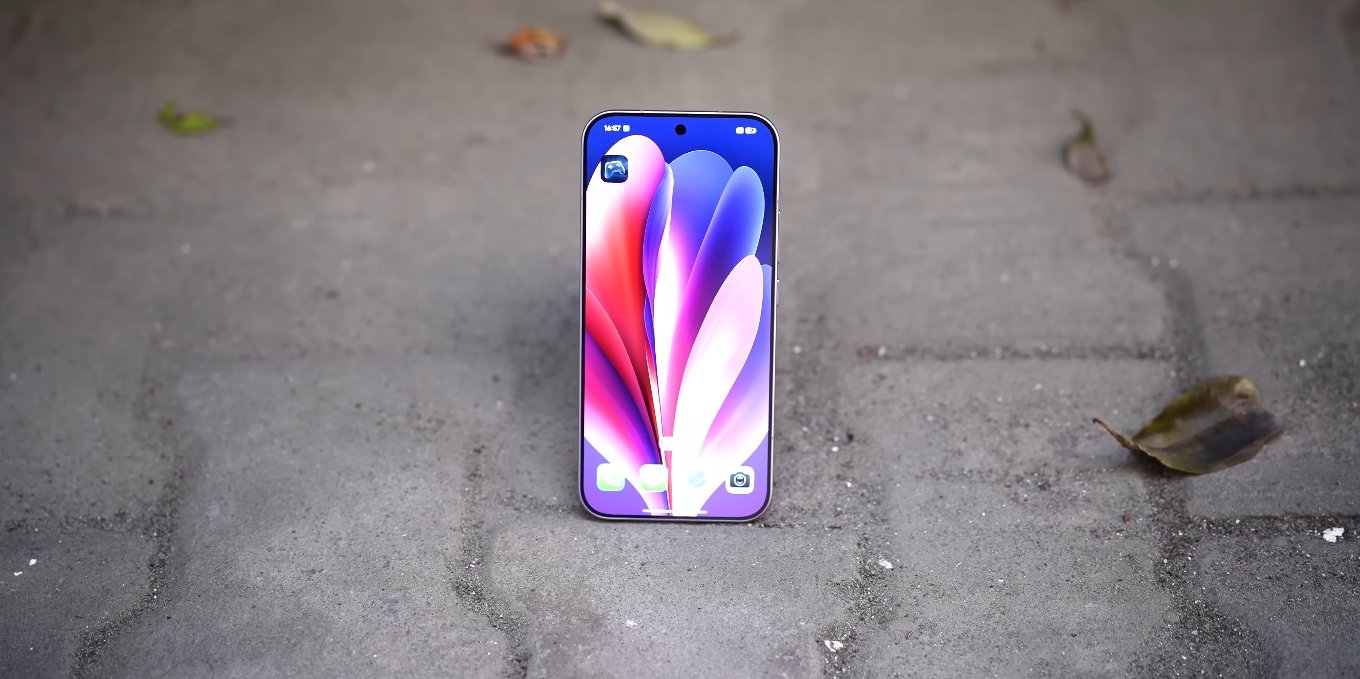
The camera department reveals two different strategies. Xiaomi’s 17 Pro Max features a Leica-tuned triple 50MP setup, including a main wide sensor, an ultra-wide lens, and a periscope telephoto lens with 5x optical zoom. The phone also houses a 50MP front camera, supported by advanced AI imaging algorithms. Realme’s GT 7 Pro uses a 50MP Sony main sensor, an 8MP ultra-wide, and a 50MP periscope telephoto lens capable of detailed long-range shots. In real-world performance, Xiaomi captures more natural tones and superior zoom detail thanks to its Leica partnership, while Realme delivers brighter, more contrast-rich photos that appeal to casual users. Both phones excel in low-light photography and 4K video recording, but Xiaomi’s consistency and color accuracy give it a slight upper hand.
Battery life and charging speeds are another major point of difference. Xiaomi packs a massive 7,500mAh battery into the 17 Pro Max, making it one of the largest in any flagship phone. It supports 100W wired and 50W wireless charging, offering a balance between capacity and convenience. Realme GT 7 Pro features a smaller 5,800mAh battery but compensates with ultra-fast 120W SuperVOOC charging that can fill the phone in under half an hour. In practical use, Xiaomi delivers longer screen-on time—ideal for users who spend long hours outdoors or multitasking heavily—while Realme caters to those who prefer shorter charging times and lighter weight. Both devices easily last a full day of heavy use, but Xiaomi extends that endurance even further.
On the software front, Xiaomi runs HyperOS based on Android 16, introducing fluid animations, improved customization, and a smarter AI assistant. Realme’s GT 7 Pro ships with Realme UI 6, a highly optimized and fast system also based on the latest Android version. Xiaomi’s interface feels richer in features and innovation, especially with its rear display integration and multitasking tools. Realme, meanwhile, delivers a smoother and cleaner experience that emphasizes usability and minimal bloat. In terms of updates, both companies promise long-term support, but Realme’s track record of timely global updates makes it slightly more reliable for international users.
Overall, both the Xiaomi 17 Pro Max and Realme GT 7 Pro stand tall among the best Android devices of the year, but they target different types of users. The Xiaomi 17 Pro Max is built for enthusiasts who crave innovation, massive battery life, and exceptional photography with a touch of luxury. It’s the phone for users who want the biggest, most feature-packed experience available. The Realme GT 7 Pro, however, is designed for practicality and value—it delivers top-tier speed, an excellent display, and industry-leading charging speeds at a more attainable price point.
In conclusion, the Xiaomi 17 Pro Max wins in hardware ambition, camera flexibility, and endurance, while the Realme GT 7 Pro offers a balanced, efficient, and more affordable alternative. Your choice depends on what you prioritize: if you want cutting-edge technology and unmatched power, Xiaomi takes the lead; if you prefer balanced performance with lightning-fast charging and global availability, Realme is the smarter pick. Both stand as powerful symbols of how far Android innovation has come in 2025.
Also Read: Xiaomi 17 Pro Max vs Vivo X100 Ultra display test
